Microscopic black holes, also referred to as quantum mechanical or mini black holes, are hypothetical small holes that have fascinated scientists and the public for decades. They are very tiny and could have masses comparable to subatomic particles. But black holes are massive objects formed by the collapse of wandering stars and possess powerful gravitational fields that all types of electromagnetic radiation including light cannot escape their grasp. The astronomers have extensively researched the supermassive black holes, but a question always remains: do microscopic black holes exist?
Do microscopic black holes exist?
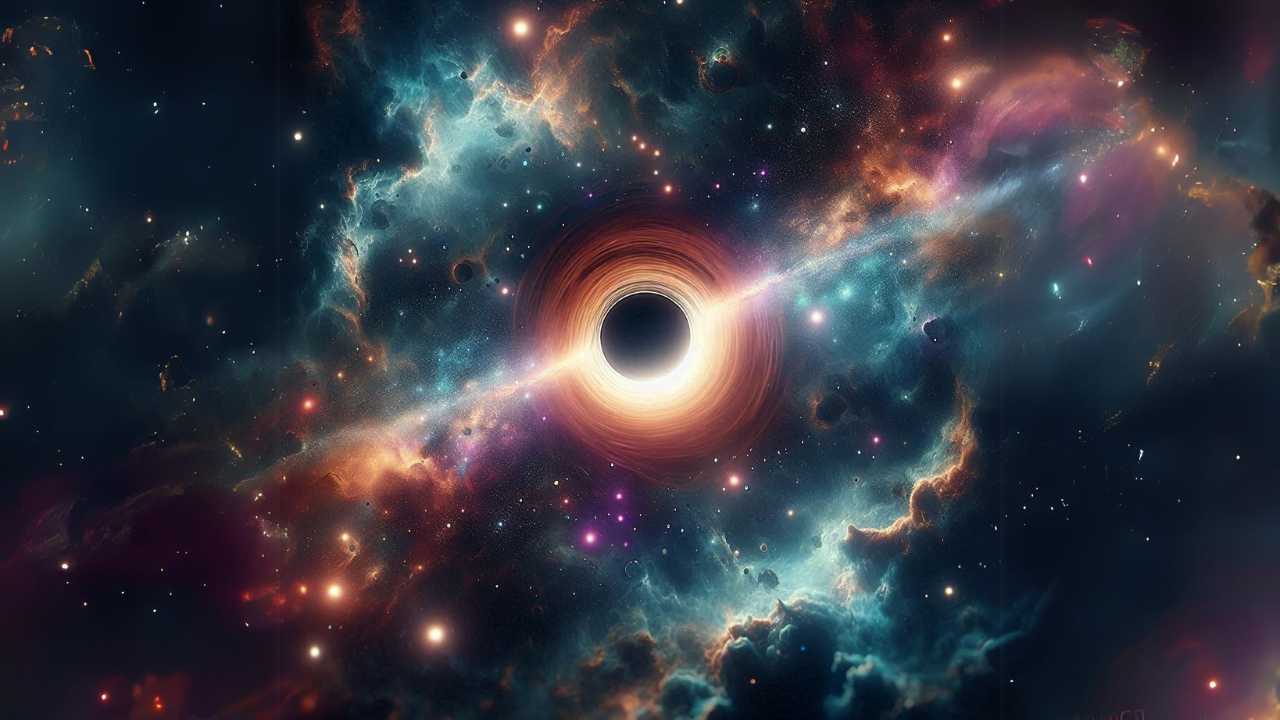
In 1971, Stephen Hawking, an English theoretical physicist and author, introduced the concept of the existence of micro black holes tinier than stellar mass. It is postulated that the counterparts of microscopic black holes form from the gravitational collapse of massive stars but the formation of these mini holes always remained tentative.
miHowever, there are many theoretical frameworks from which the concept of microscopic black holes’ existence arises. For example, certain models of extra dimensions and string theory. According to these theories, it is possible that micro-black holes could exist and are much smaller than stellar remnants.
Moreover, it is thought that astrophysicists might have observed microscopic black holes by Hawking radiation as these holes might emit particles in radiation.
Formation of microscopic black holes
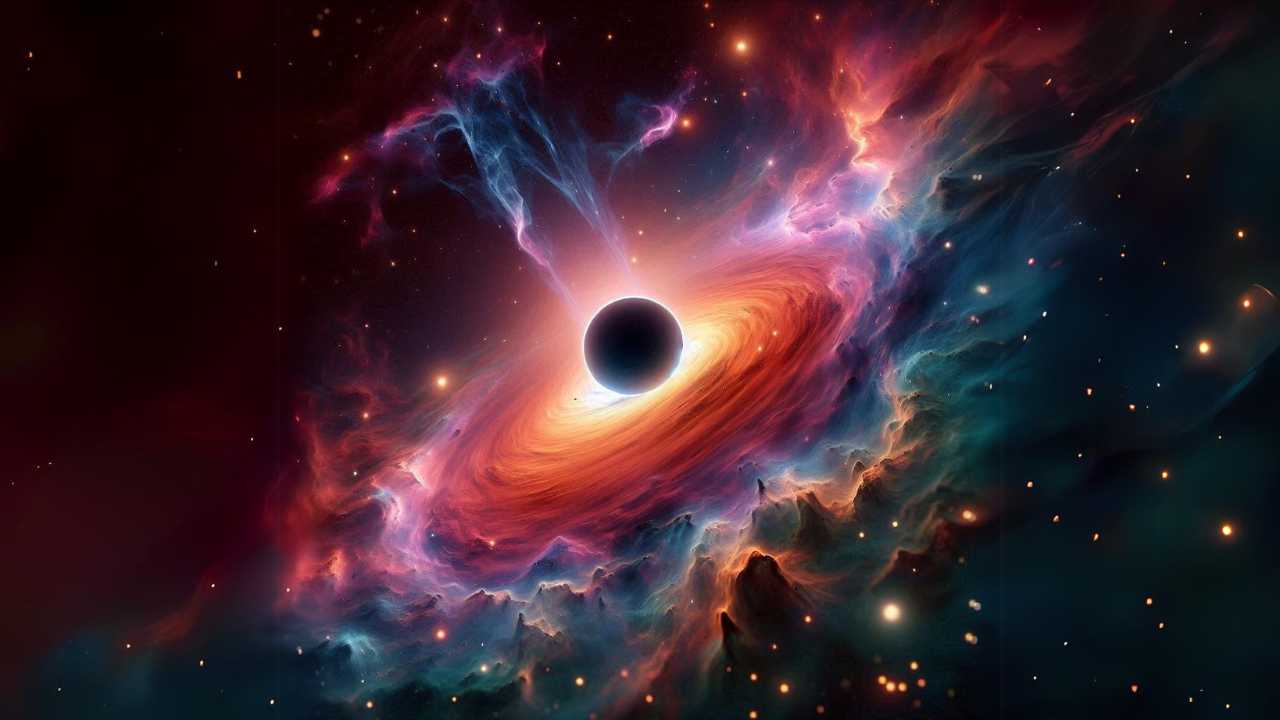
Before diving into the world of microscopic black holes, it’s crucial to understand the basics of the origin of these interesting bodies. How these black holes could have formed stems its basis from various theories. Some of these hypotheses say that the black holes were formed in the high-density environment of the Big Bang.
Others believe that primordial black holes underwent phase transitions and gave rise to micro black holes. There is also a possibility that micro black holes could be created at very low energies as the TeV range. This energy is available in the Large Hadron Collider (LHC), a particle accelerator.
How big is a microscopic black hole?
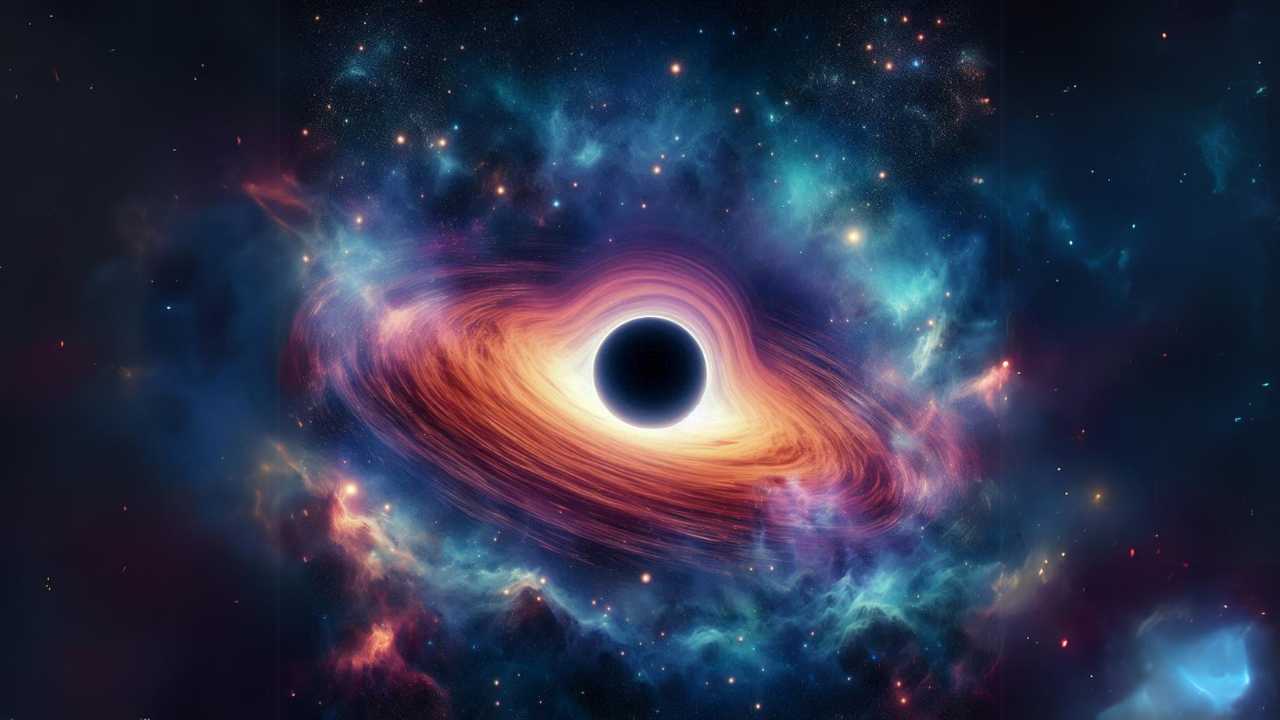
🔬 Subscribe to SciMail
Get the latest science discoveries straight to your inbox!
They are very tiny objects, often less than the size of an atom. If a micro black hole has a mass of 10000 billion tons then it would be equal to the size of an atom. Stephen Hawking hypothesizes in a theory that a microscopic black hole would not come into being if its mass was less than nearly 10^-8 kg, or approximately the Planck mass. To form a black hole, the mass or energy must be concentrated to the point where the velocity of escape from the concentrated region is greater than the speed of light.
How long would a micro black hole last?
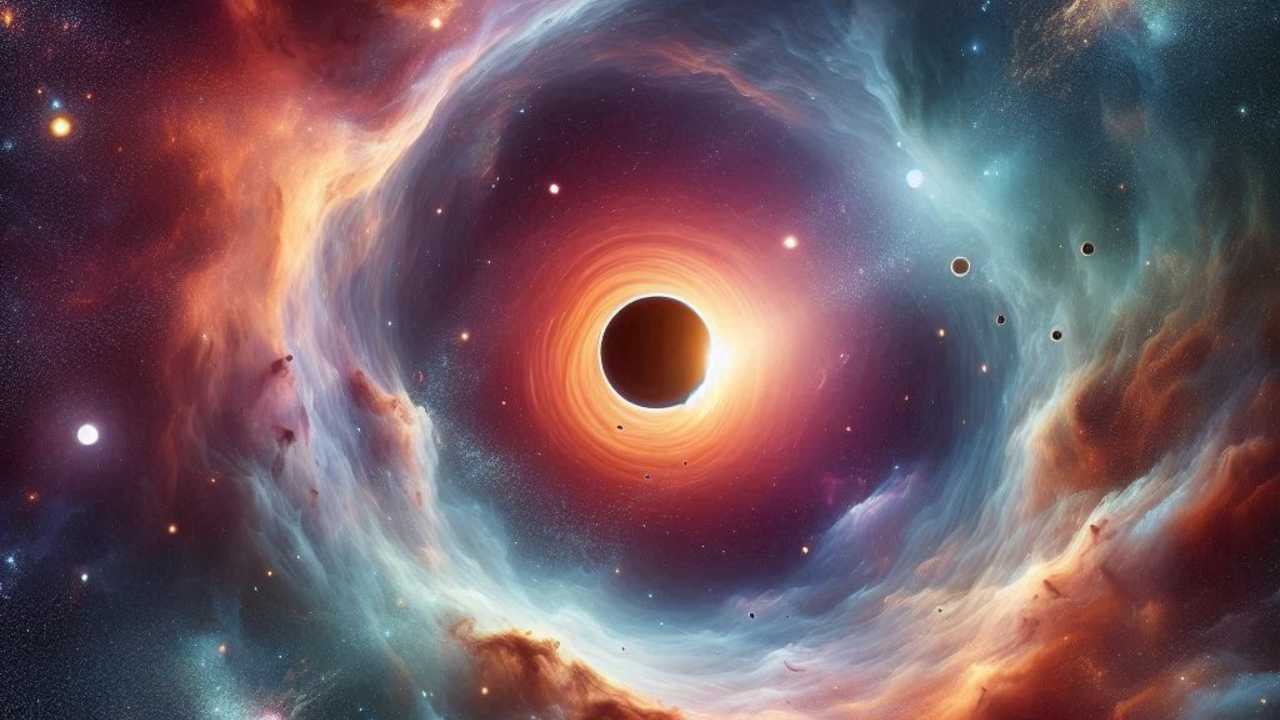
Microscopic black holes are very unstable entities. During the lifespan of the universe, any primordial black hole with a low mass will evaporate to a mass close to the Planck mass. In 1975, Stephen Hawking contended that black holes “evaporate” as a result of quantum phenomena, releasing elementary particles i.e. gluons, electrons, quarks, and photons in a process now known as Hawking radiation.
According to Stephen’s estimates, the evaporation rate increases with black hole size, causing the tiny black hole to explode with a quick explosion of particles. Black hole thermodynamics states that as a black hole loses mass, it gets hotter and evaporates more quickly, eventually approaching the Planck mass.
Can micro holes grow?
No, microscopic black holes cannot grow because they cannot absorb energy or gain mass but can release energy in the form of Hawking radiation. They rapidly evaporate as a whole or might leave a faded interacting residue.
Are microscopic black holes dangerous?
No, micro black holes are not dangerous in any way because they are highly unstable and evaporate quickly due to quantum phenomena, releasing elementary particles i.e. gluons, electrons, quarks, and photons. These minute-sized black holes might not exhibit observable effects on a macroscopic scale. In case a microscopic black hole hits the earth, it will not damage it and will pass straight through it.

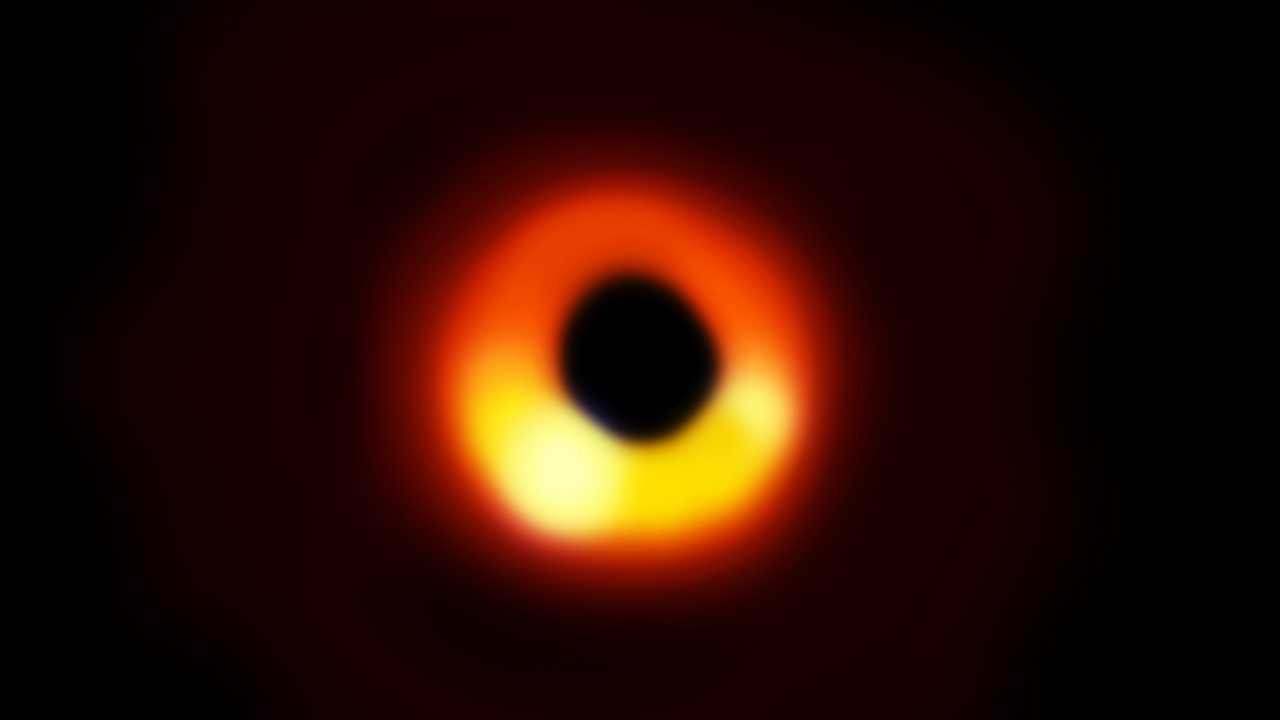
Leave a Reply